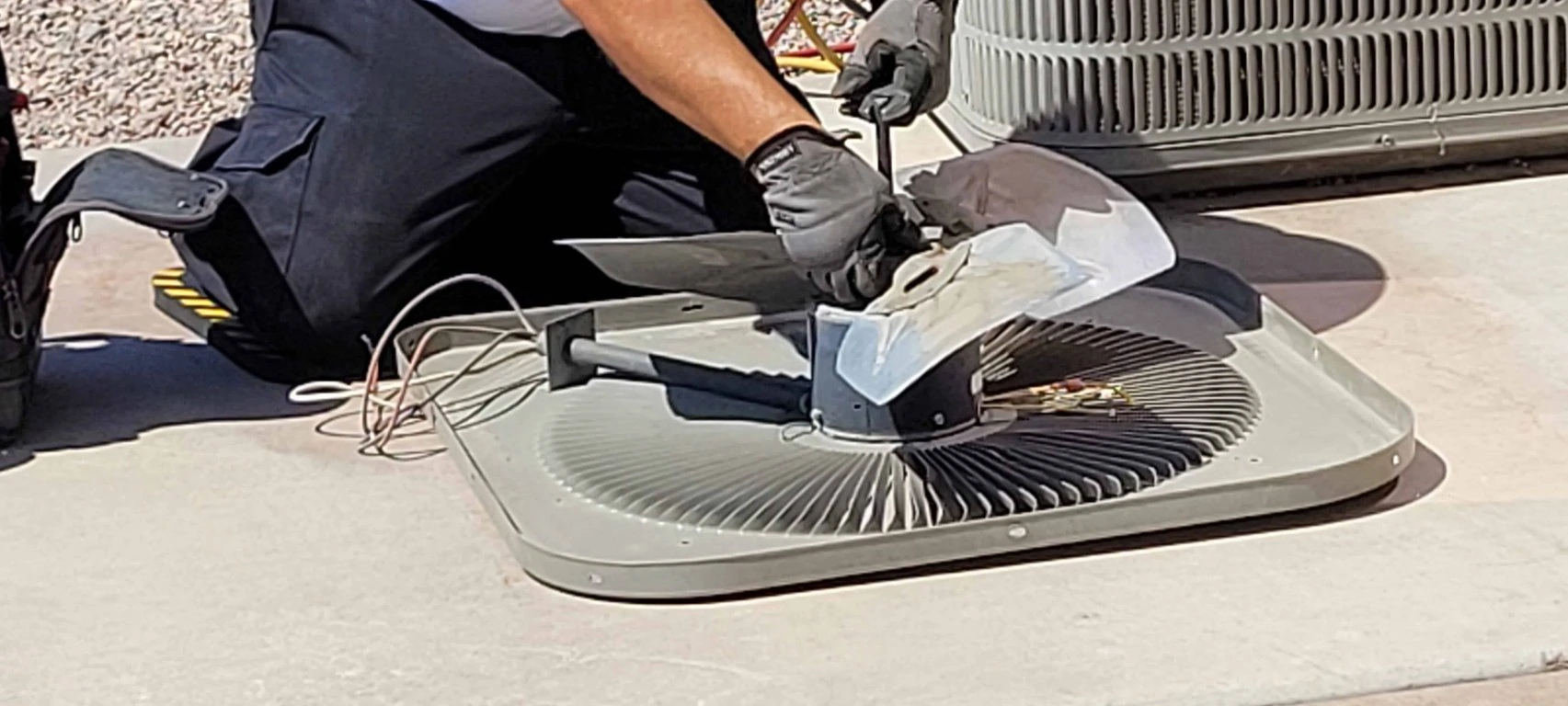Introduction:
Maintaining clean ducts and vents is fundamental in preserving a healthy living or working environment. Often overlooked, these components are pivotal in regulating indoor air quality and preserving HVAC system efficiency. Let’s explore the benefits of clean ducts, the advantages of well-installed ducts and vents, different duct types, installation methods, considerations for energy efficiency, and how to identify and address air leaks.
Section 1: The Significance of Clean Ducts and Vents
Title: “Healthy Environments: The Role of Clean Ducts”
- Importance of Clean Ducts: Highlight how clean ducts and vents contribute to healthy indoor environments by removing contaminants and preventing airflow blockages. Discuss the link between clean ducts and reduced respiratory issues and allergies.
Section 2: Benefits of Well-Installed Ducts and Vents
Title: “Efficient Airflow and Energy Savings”
- Well-Installed Ducts and Vents: Explore the benefits such as improved airflow, energy efficiency, and better indoor air quality. Explain the role of these components in reducing utility costs and creating comfortable spaces.
Section 3: Types of Ducts and Vents
Title: “Understanding Duct Types and Functions”
- Flexible Ducts: Explain the advantages and disadvantages, highlighting their suitability for tight spaces.
- Square Feet vs. Linear Feet: Elaborate on these measurements and their importance in ductwork installation, underscoring their relevance in sizing ducts for optimal performance.
Section 4: Sizing and Energy Considerations
Title: “Maximizing Efficiency Through Proper Ductwork Sizing”
- Ductwork Size Considerations: Address factors like home size, material smoothness, and cost implications for appropriate duct sizing.
- Energy Loss Due to Poor Air Flow: Discuss the significant impact of energy loss due to airflow restrictions and leaks.
Section 5: Different Types of Air Conditioners
Title: “Choosing the Right Cooling Solution”
- Window Units vs. Central Air Systems: Compare the advantages and drawbacks of both types of air conditioners, emphasizing suitability based on space and requirements.
Section 6: Special Considerations for Unheated Spaces
Title: “Addressing Challenges in Unconditioned Areas”
- Unheated Spaces: Discuss challenges related to installation in areas like unconditioned attics, exterior walls, and tight spaces. Offer solutions for proper insulation and material choices in these spaces.
Section 7: Preparing and Identifying Air Leaks
Title: “Strategies for Successful Installation”
- Preparing for Installation: Provide a guide on preparing for duct and vent installation, including sizing considerations, and assessing existing ducts for leaks.
- Identifying Air Leaks: Offer methods to identify air leaks in supply and return ducts, explaining the importance of prompt rectification.
Section 8: Cleaning Air Ducts Prior to Installation
Title: “Pre-Installation Cleaning for Improved Air Quality”
- Importance of Cleaning Prior to Installation: Detail the benefits of cleaning existing ducts to improve indoor air quality and prevent contaminants from spreading during installation.
Section 9: Choosing the Correct Type and Size of Ductwork
Title: “Critical Decisions for Efficient HVAC Systems”
- Selection of Ductwork: Explain the different types of ducts, like galvanized steel, flex ducts, and duct board, and their suitability based on space requirements.
- Calculating the Required Amount of Material for Installation: Offer a step-by-step guide to estimate the necessary ductwork materials for an efficient installation process.
Section 10: Methods of Installing Ducts and Vents
Title: “Various Approaches for Installation”
- Installation Methods: Explain installation strategies, from the construction phase to adding vents to existing systems and special considerations for unconditioned spaces.
Conclusion:
Summarize the key points, reinforcing the importance of clean ducts, proper installation, and maintenance to achieve healthy indoor environments, energy efficiency, and optimal HVAC system performance.

